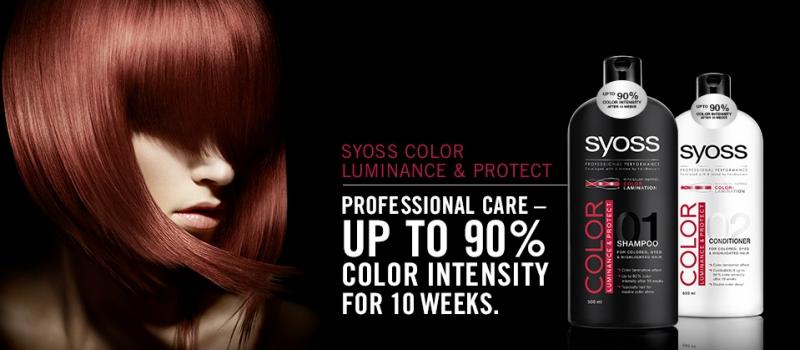Gespeichert von dilemma am

Jasmine Marie and Bret Roothaert, CNN.
Hundreds of women are claiming that the popular Red Velvet hair product from Syoss has been causing their hair to turn a certain green color and damaging their scalps.
What kind of hair dye can we still trust after this scandal that Syoss has unleashed? Why did Syoss not call-back all of their products after the first complaints? On the 16th of May, 2017, CNN took the initiative and searched for the answers we are all looking for.
Back in September 2016, Syoss was one of the main market leaders in hair dye, creating a buzz of high quality products for their consumers. In the beginning of 2017, Syoss began releasing their newest product: Red Velvet Hair Boost to the public. After the first few months, their sales increased 30% due to the hype created around their new product line. But soon after many consumers tried the hair dye, Syoss started to receive negative feedback as the result of the misleading color effect.
Blogger, Amber Valentine, recently wrote a review on her popular social-media platform that made the Syoss scandal go viral. “I was so excited to try the new Red Velvet Hair Boost line from Syoss, I immediately dyed my hair when I returned home from the store,” Amber blogged. “I asked my friend, Dylan, to dye my hair and we were all really looking forward to the positive result.” Amber also reports that she experienced a burning sensation shortly after the dye was applied to her scalp. “I felt it kind of burning, but I thought it was normal being a high quality product from a trusted brand I used before. I never had any issues with Syoss products before the Red Velvet,” she wrote. “After I let the hair dye set for a half an hour, I noticed that the red was turning my hair this sort of weird green color.”
As it turns out, Amber was not the only consumer with the discolored treatment issue. For example, Jackie Peterson replied on a comment to Amber’s blog thread complaining about the same product. She wrote, “OMG… I felt the same! I was pretty concerned when my scalp started burning and itching, but I figured it was part of the process.”
Syoss received more than 2,000 complaints on their social media platforms about the new Red Velvet Hair Boost within the timeframe of two months. The complaints varied between itchiness, dryness, hair damage, misleading hair color advertisement and even hair loss.
Shortly after Amber filed her complaints in March of 2017, Syoss did not take the time to respond back or take time to solve the issue. Amber then filed a lawsuit against Syoss later that year during the month of June. The lawsuit further alleges that the Syoss knew about these complaints but refused to do anything about them, including removing the products from the store shelves. The lawsuit, also however, does not specify which ingredients could be to blame for the issues, but it does claim that “numerous harsh chemicals” are present in the Red Velvet Hair Boost formula.
In recent months, Syoss has plummeted in sales, reportedly losing $1 million in its fourth year. Half of the products are slowly receding from stores and Syoss is trying to rebuild their image from the ground up, sweeping this scandal under the rug.
Believe it or not, it is really easy to create or publish fake news. Do not rely on just one source. Read more at http://ethify.org/blog/dilemma.


